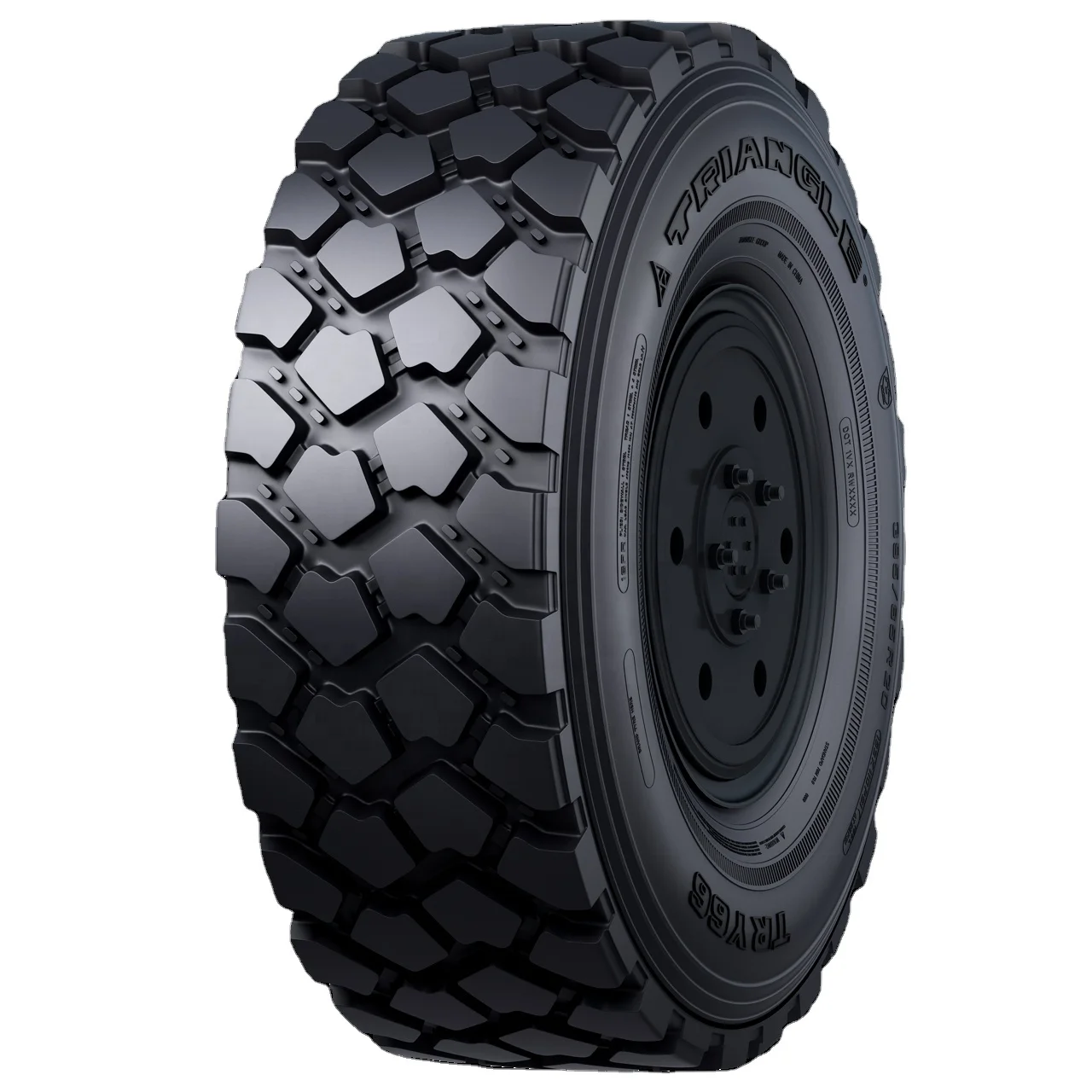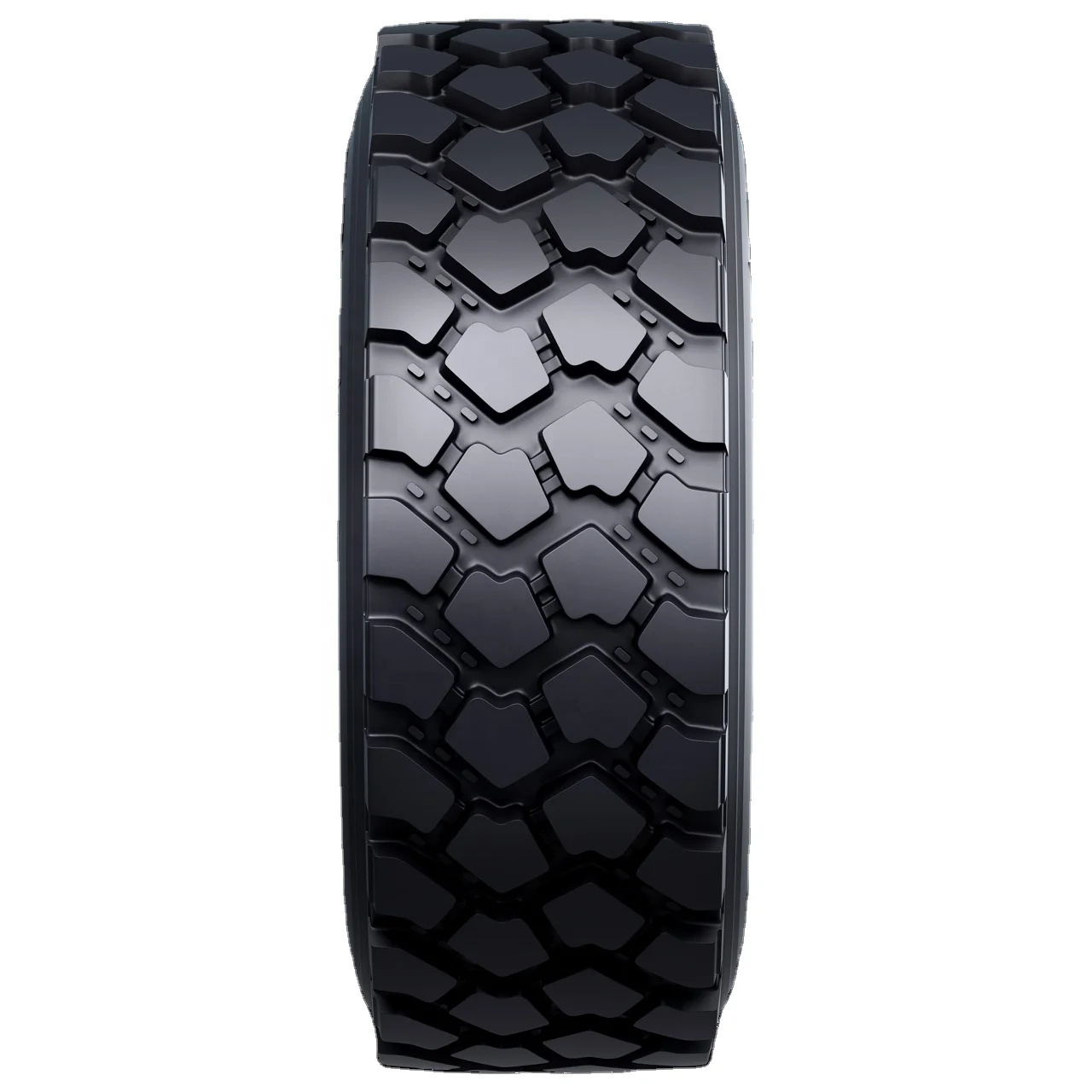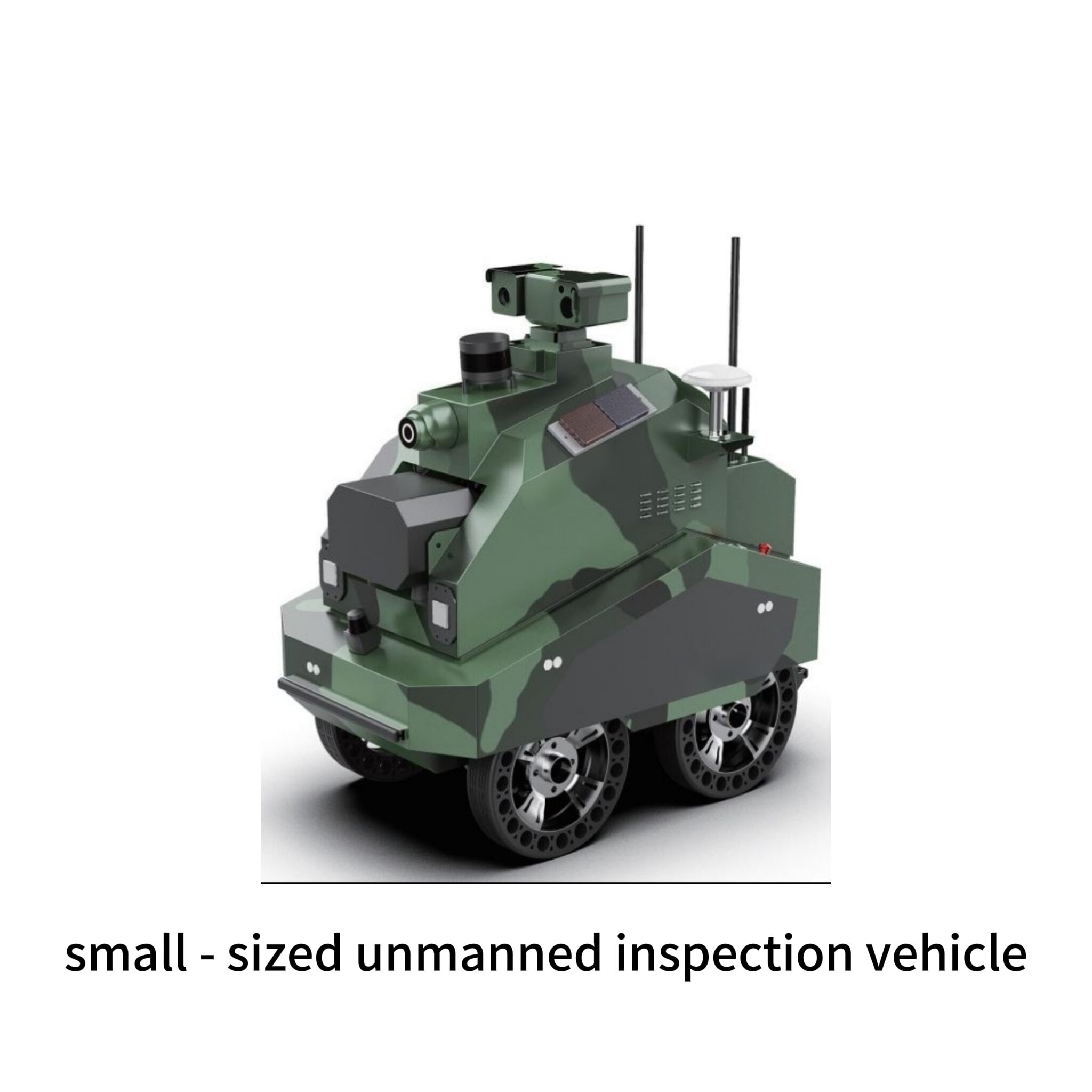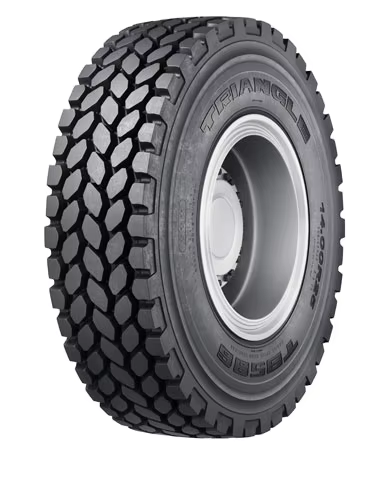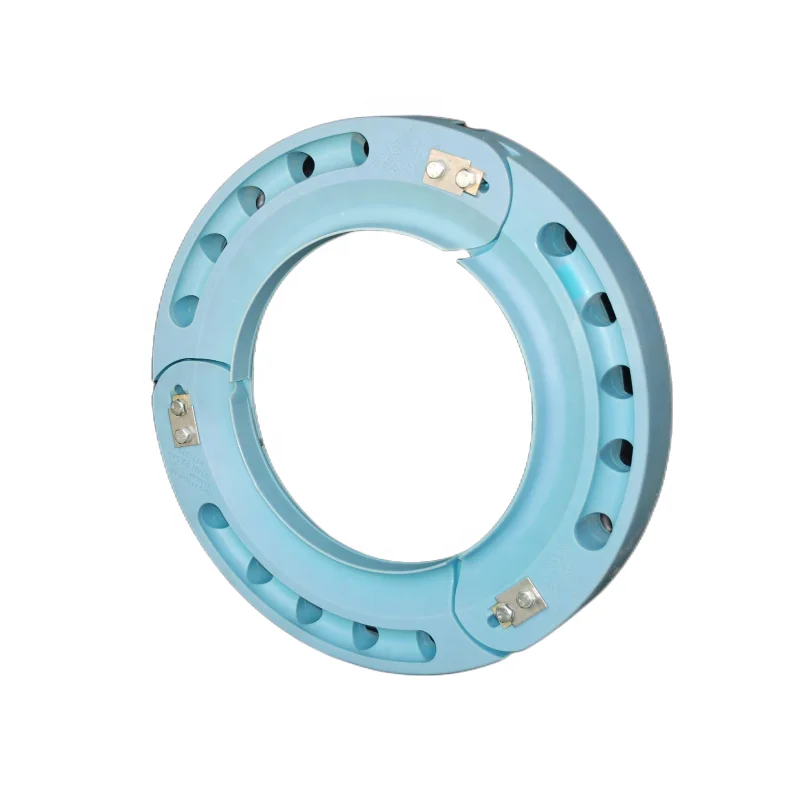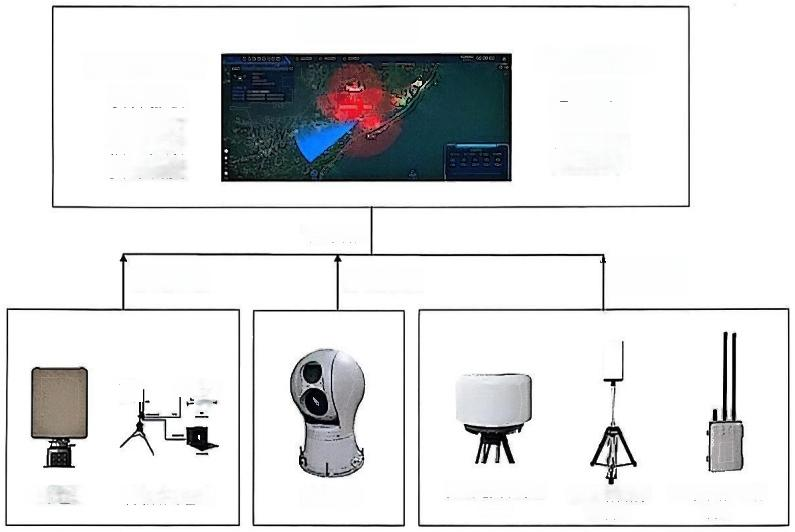
- Ерөнхий мэдээлэл
- Холбоотой бүтээгдэхүүн
Falcon Drone Detection System нь намхан өндөрт хамгаалах систем юм бүтээгдэхүүн радар таних, гэрлийн дагуулалт, радио таних, хиймэл оюун зэрэг олон технологийг нэгтгэн бүтээсэн бөгөөд түүний технологи нь одоогийн дотоод зах зээлийн түвшингээс өмнөх байр сууринд байдаг. Систем нь үндсэндээ команд болон удирдлагын платформ, мөн таних төхөөрөмжүүдээс бүрддэг. Таних төхөөрөмжид радар таних төхөөрөмж, гэрлийн таних төхөөрөмж, мөн радио давтамж таних төхөөрөмж ордог. Энэ систем нь "бага, жижиг, удаан" гэсэн дрон цөмийн сул дохиог хурдан таниж, дрон цөмийн халдлагыг урьдчилан мэдэгдэх, нарийвчлан таних, арын хөтөлбөртэй байх зэрэг үйлдлүүдийг хийх чадвартай. Мөн бүх цаг агаарын нөхцөлд зохицох чадамж сайтай, олон янзын хяналтын арга барил, ажиллагаа нь тогтвортой, найдвартай байдаг. "Бүх чиглэлээс хамгаалах, бүс нутагт урьдчилан мэдэгдэх мэдээлэл өгөх, бодит цагт дагуулалт хийх" замаар зөвшөөрөлгүй дрон цөмийг бүх талаар хянах боломжийг олгодог.

Системийн архитектур
Харгана дрон илрүүлэх систем нь үндсэндээ команд удирдлагын платформ болон илрүүлэх төхөөрөмжөөс тогтоно. Илрүүлэх төхөөрөмж нь радиолокацийн илрүүлэх төхөөрөмж, гэрлийн илрүүлэх төхөөрөмж, радио давтамжийн илрүүлэх төхөөрөмжийг багтаана. Төхөөрөмжийг тусдаа эсвэл олон хослолын нийлмэл сүлжээнд нэгтгэн байршуулж болно. Системийн архитектурын зураг дээр нэг төхөөрөмжийн сүлжээний байршлын жишээг авч үзлээ:
Суурилуулах болон байршлын шаардлага
Илрүүлэх төхөөрөмжийн суурилуулах болон босгох байр нь ерөнхийдөө өндөрт байх ёстой бөгөөд гол илрүүлэх мужийн тодорхой харагдах чиглэлээ хангах ёстой. Цахилгаан соронзон долгионы олон замын ойлтотой холбоотой нөлөөллийг зохих техникийн стандартад тогтоосон
Иргэний нисэх онгоцны нисдэг талбайн бэрхшээлтэй хэсгүүдэд хориг тавьсан өндрийн хязгаарлалтанд нийцэж, нисэх онгоцны талбайн бэрхшээл багасгах гадаргууг орох ёсгүй.
Харгана дрон эсрэг хяналтын системийн байршлын схемийг дараах хоёр том ангилалд хувааж болно:
Хөдөлгөөний горимоор ангилбал: тогтмол байршилт ба гинжит байршилт;
Хамгаалалтын бүсээр ангилбал: цэгэн байршилт ба сүлжээний байршилт.
I. Цэгэн байршилтын төлөвлөгөө (Радар түүхий мэдээлэл цуглуулах төхөөрөмж + Гэрлийн мэдээлэл цуглуулах төхөөрөмж + Радио долгионы мэдээлэл цуглуулах төхөөрөмж + Удирдлагын систем)
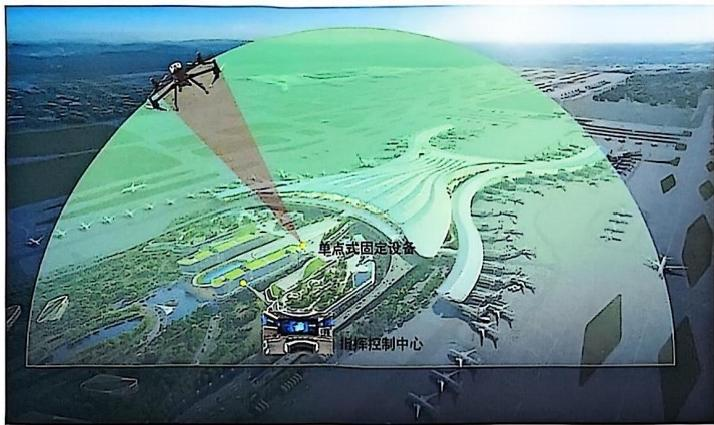
II. Сүлжээний байршилтын төлөвлөгөө (X * Радар түүхий мэдээлэл цуглуулах төхөөрөмж + Y * Гэрлийн мэдээлэл цуглуулах төхөөрөмж + Z * Радио долгионы мэдээлэл цуглуулах төхөөрөмж + Удирдлагын систем)
Дугаар |
Байршилтын арга |
Явах чадвар |
Бэлдэх хэмжээ |
Үргэлжлэх чанар |
Давуу тал |
Хамгийн их хувьсагчид |
1 |
Цэгэн тогтмол байршилт |
Байхгүй |
Жижиг |
Тийм |
Бага зардалтай, урт хугацаанд ашиглахад тохиромжтой, дараа үеэс тэлэх боломжтой |
Жижиг хүрээний удирдлага |
2 |
Сүлжээний тогтмол байршилт |
Байхгүй |
Их |
Тийм |
Том хүрээний удирдлага, шаардлагатай газар байршуулж болно |
Зөв шийдэл боловсруулах шаардлагатай, хугацаа урт, нэг удаа нэвтрүүлсний дараа өөрчлөх нь хэцүү |
3 |
Ганц цэгийн гар утасны нэвтрүүлэлт |
Хүчтэй |
Жижиг |
Тийм |
Өндөр зөөврийн чадвар, хөдөлж байхдаа ажиллах чадвартай, хурдан хариу үйлдэл |
Жижиг хүрээний удирдлага |
4 |
Сүлжээтэй гар утасны нэвтрүүлэлт |
Харьцангуй хүчтэй |
Их |
Тийм |
Хяналтын далайц том, өндөр зөөврийн чадвар, шаардлагатай үед нэвтрүүлэх боломжтой |
Өндөр зардал, хяналтын төвийг тодорхойлох шаардлагатай, гар утасны төхөөрөмжийн ажлын горимыг өөрчлөхөд тодорхой хоцрогдол гардаг |

 EN
EN
 AR
AR
 BG
BG
 FR
FR
 DE
DE
 HI
HI
 IT
IT
 JA
JA
 KO
KO
 PL
PL
 PT
PT
 RU
RU
 ES
ES
 SV
SV
 TL
TL
 ID
ID
 LV
LV
 LT
LT
 SR
SR
 UK
UK
 VI
VI
 TH
TH
 TR
TR
 FA
FA
 AF
AF
 HY
HY
 AZ
AZ
 KA
KA
 BN
BN
 LA
LA
 MN
MN
 SO
SO
 MY
MY
 KK
KK
 UZ
UZ
 KU
KU
 KY
KY
